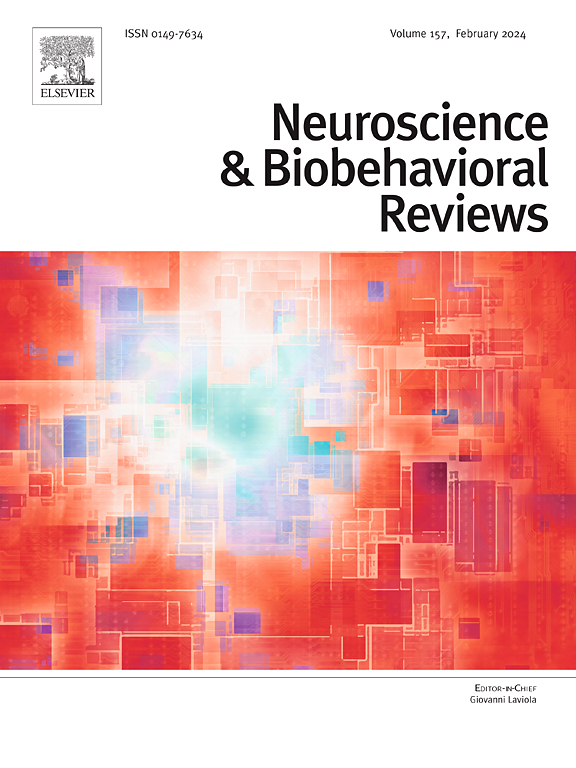持续疼痛之谜:急性到慢性转变背后的分子驱动因素
IF 7.5
1区 医学
Q1 BEHAVIORAL SCIENCES
引用次数: 0
摘要
从急性疼痛到慢性疼痛的转变是一个复杂的多因素过程,在诊断和治疗方面都提出了重大挑战。外周和中枢敏化、神经炎症和突触可塑性改变的关键机制有助于疼痛信号的放大和疼痛的持续。神经胶质细胞的激活,特别是小胶质细胞和星形胶质细胞,通过释放促炎细胞因子增强疼痛敏感性,在慢性疼痛的发生中起关键作用。这篇综述探讨了从急性疼痛到慢性疼痛转变的分子、细胞和系统机制,为所涉及的分子和神经生物学机制提供了新的见解,这些机制在现有文献中经常被忽视。它还解决了传统疼痛管理之外的新兴治疗策略,为未来的研究和临床应用提供了有价值的观点。本文章由计算机程序翻译,如有差异,请以英文原文为准。
The persistent pain enigma: Molecular drivers behind acute-to-chronic transition
The transition from acute to chronic pain is a complex and multifactorial process that presents significant challenges in both diagnosis and treatment. Key mechanisms of peripheral and central sensitization, neuroinflammation, and altered synaptic plasticity contribute to the amplification of pain signals and the persistence of pain. Glial cell activation, particularly microglia and astrocytes, is pivotal in developing chronic pain by releasing pro-inflammatory cytokines that enhance pain sensitivity. This review explores the molecular, cellular, and systemic mechanisms underlying the transition from acute to chronic pain, offering new insights into the molecular and neurobiological mechanisms involved, which are often underexplored in existing literature. It also addresses emerging therapeutic strategies beyond traditional pain management, offering valuable perspectives for future research and clinical applications.
求助全文
通过发布文献求助,成功后即可免费获取论文全文。
去求助
来源期刊
CiteScore
14.20
自引率
3.70%
发文量
466
审稿时长
6 months
期刊介绍:
The official journal of the International Behavioral Neuroscience Society publishes original and significant review articles that explore the intersection between neuroscience and the study of psychological processes and behavior. The journal also welcomes articles that primarily focus on psychological processes and behavior, as long as they have relevance to one or more areas of neuroscience.

 求助内容:
求助内容: 应助结果提醒方式:
应助结果提醒方式:


